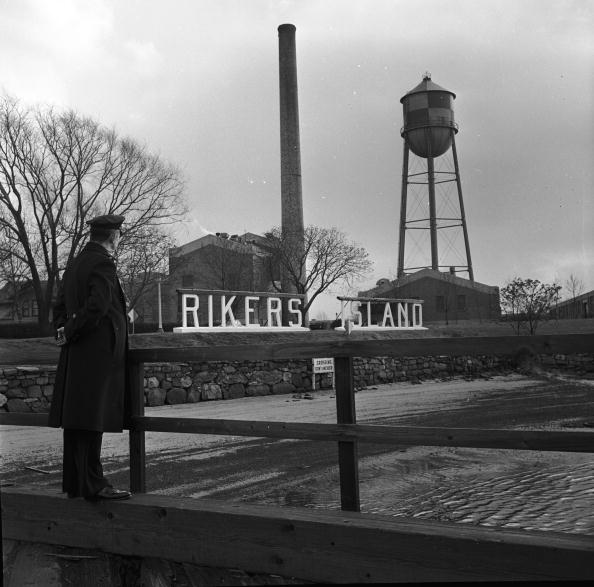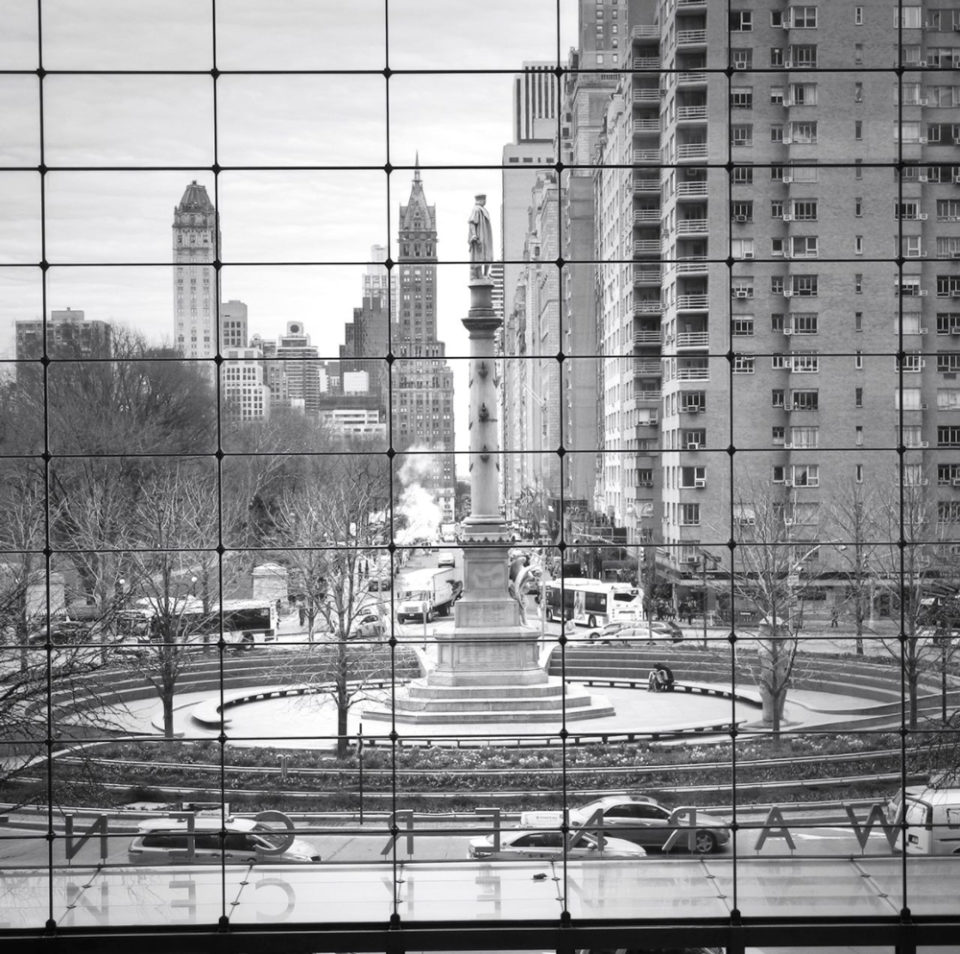Alcatraz. La Bastille. Port Arthur. To this ignoble list may soon be added Rikers Island. The startling calculus of crime steadily falling in the city, combined with a surge in violence and scandal at the institution have created the climate for its dissolution.
An independent commission published its findings in April, recommending closure. Initiated by the city council speaker, this now has the mayor’s backing. In ten years, the “byword for brutality”, as the Times called Rikers, will likely become a stop on your travel itinerary as part of an expanded LaGuardia airport.
The title of the commission’s report, “A More Just New York City”, points to a wider social justice movement reexamining decades of mass incarceration. Rikers’ population peaked at 20,491 in the early 1990s, in step with both New York’s highest annual murder rate of 2,245 and the country’s lascivious appetite for punitive justice – remember the days of “three strikes and you’re out!”? Now, the daily population averages less than 10,000 while murders were down to 334 in 2016. The goal is to reduce inmate numbers below 5,000, then distribute them among smaller modern jails in each of the boroughs.
There’s more to the plan than wishing trend lines magically continue downwards. To understand how change can come to the 400 acre island (actually nine distinct jails serving different populations by age, gender and health status), it’s necessary to grasp the bigger picture. According to the report, “three-quarters of the roughly 9,700 people held in New York City’s jails are awaiting the outcome of their case, nearly all of them because they cannot afford bail. These individuals have been found guilty of no crime.”
Speeding up and streamlining the criminal justice process is the key.
Getting rid of “money bail”, which nine out of ten defendants can’t post, is the first step. Annually rerouting 100,000 minor cases – e.g. public imbibing, wayward bicycle riding and post-dusk park lingering – to civil community courts is the next.
Beyond making bleeding hearts happier, when the new jails are operating the proposal estimates $1.6 billion in annual savings in operation costs. Other benefits include recouping vast amounts of time and money in transportation to courts as well as making it easier for relatives to visit incarcerated loved ones. And the lives of prison guards will be much safer in jails without crumbling infrastructure easily repurposed into weapons, constructed with better sightlines and spaces that foster community.
A plan so patently sensible will of course meet passionate resistance. Get ready for a game of “Ultimate NIMBY” as resident groups object to new jails landing anyway near them and a chorus of right-wing demagogues howling about leniency despite the fact that crime rates and incarceration rates have plummeted together in New York.
Following closure, the report calls for a memorial to past injustices. This may not be necessary. In a decade, when you finally board your flight on Rikers to then be tormented in an overcrowded, confined space under the threat of uniformed, physical violence, you are bound to experience some historical resonance.





